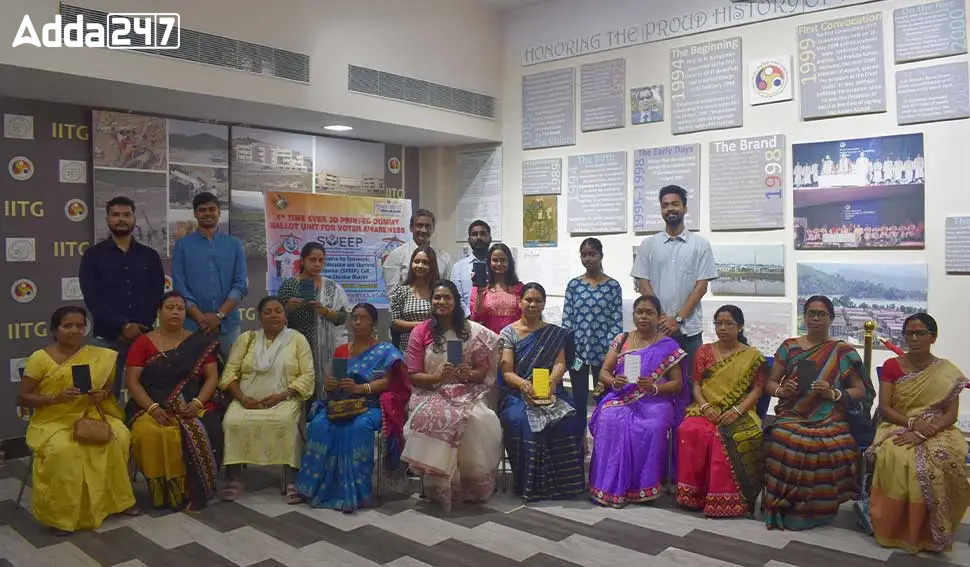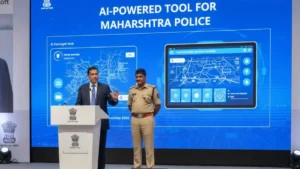In a collaborative effort between the Systematic Voters’ Education and Electoral Participation Cell (SVEEP) of Kamrup Election District and the Indian Institute of Technology Guwahati, a groundbreaking 3D-printed dummy ballot unit has been unveiled. The initiative aims to enhance voter awareness and engagement, particularly among new voters and senior citizens, by providing a practical experience of the voting process.
Objective of the Dummy Ballot Unit
The objective behind the development of the 3D-printed dummy ballot unit is to educate citizens about the complexities of voting, alleviate fears or concerns, and encourage greater voter turnout. By incorporating features such as sound and light indicators, the unit provides an interactive experience, boosting confidence in the electoral process.
Innovative Design and Materials
Utilizing cutting-edge 3D printing technology and eco-friendly PLA material derived from corn starch, researchers at IIT Guwahati have crafted a sustainable and reusable device. Its design not only ensures environmental responsibility but also facilitates practical learning about voting procedures.
Endorsement and Impact
Smt. Keerthi Jalli, Deputy Commissioner of Kamrup, Guwahati, Assam, lauded the initiative for its potential to familiarize individuals with the voting process and increase democratic participation. Prof. Ajeet Kumar of IIT Guwahati highlighted the unit’s significance in voter education, stressing its interactive features and biodegradable nature.
SVEEP: Empowering Voter Education
The partnership between SVEEP and IIT Guwahati signifies a milestone in voter education initiatives. SVEEP, a programme by the Election Commission of India, aims to spread awareness about the electoral process through multi-approach strategies tailored to diverse socio-economic and cultural profiles. Through various communication mediums, including print, electronic, and social media, SVEEP endeavors to promote informed participation in elections.




 Microsoft CEO Satya Nadella Launches AI-...
Microsoft CEO Satya Nadella Launches AI-...
 ADB Approves USD 240 Million Loan for Ch...
ADB Approves USD 240 Million Loan for Ch...
 Veerangana Durgavati Tiger Reserve to Be...
Veerangana Durgavati Tiger Reserve to Be...







